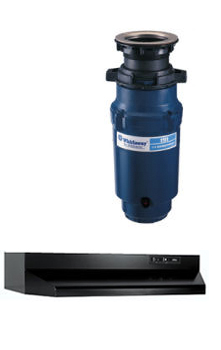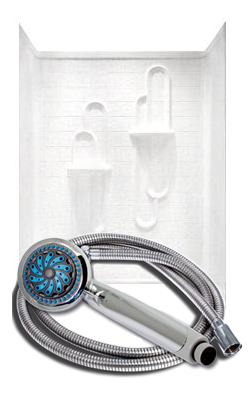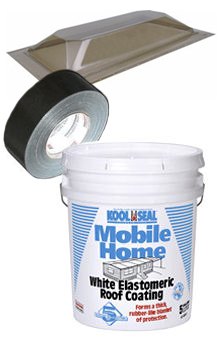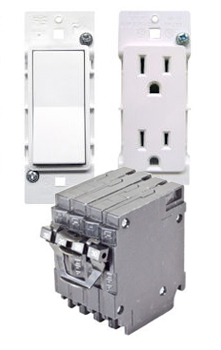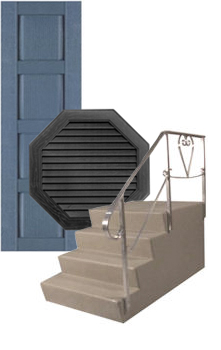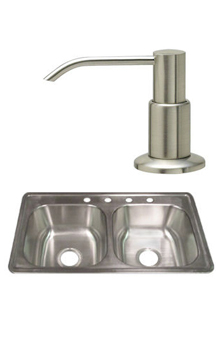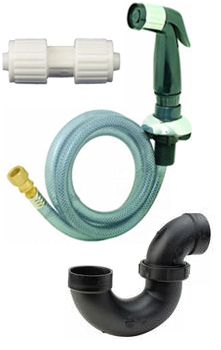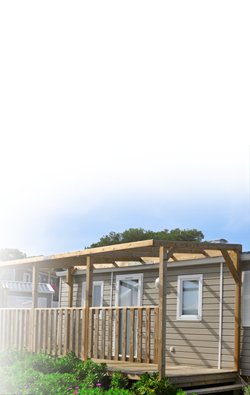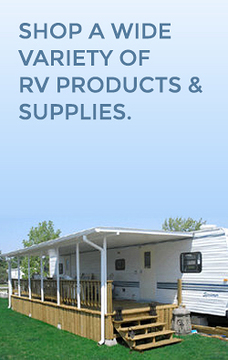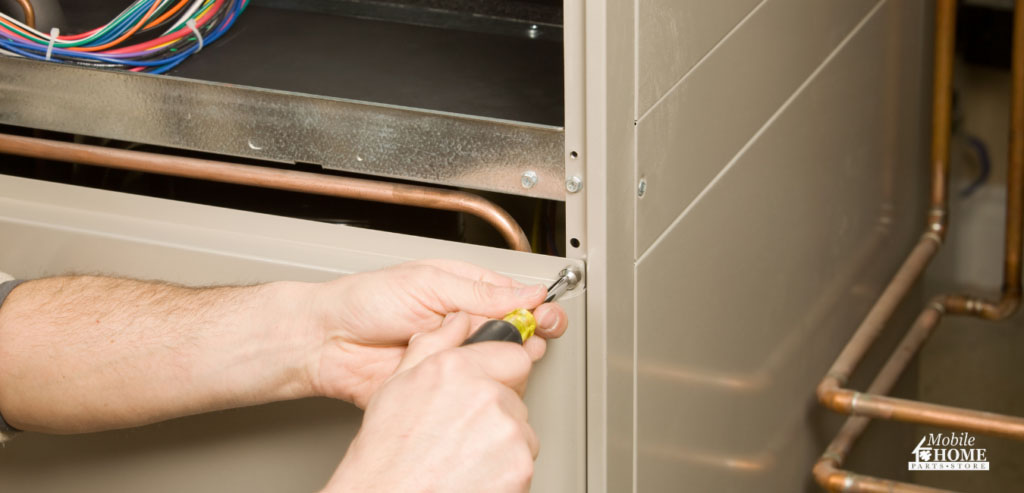
As a mobile or manufactured home owner, you know the unique challenges of maintaining your home. And as the temperatures drop and winter approaches, the last thing you need is to worry about your mobile home furnace. After all, your furnace keeps your living space warm and cozy during the colder months. But how do you know when it’s time for a new one?
In this guide, we’ll explore the signs it might be time for a new mobile home furnace, the basics of furnace operation, and your options for replacement.
Understanding Your Mobile Home Furnace
Before jumping to conclusions about the state of your furnace, it’s essential to understand how it works. Mobile home furnaces, like the Nordyne Electric Furnace, are designed to provide efficient heating for your manufactured home. These furnaces heat air and then distribute it throughout your home through ductwork.
Here’s a simplified overview of their functioning:
- Thermostat Control: Your furnace’s thermostat is the control center. When the temperature in your home drops below the set point, the thermostat signals the furnace to start heating.
- Ignition or Pilot Light: For older furnaces, there’s a pilot light that ignites the burner. Newer furnaces often use electronic ignition systems. The pilot light stays lit continuously and ignites the burner when needed.
- Thermocouple (if applicable): A thermocouple is a safety device that detects whether the pilot light is lit. If it’s not, the thermocouple prevents gas from flowing to the burner.
- Burner: Once the burner is lit, it produces heat. This heat is then transferred to the air, circulating throughout your home via ductwork.
- Distribution: The warm air is distributed through vents, keeping your home cozy.
But with so many vital components, where do you start?
Checking for Problems: Excessive Buildup and Debris
One common issue that can affect the performance of your mobile home furnace is the accumulation of dust and debris in your HVAC ductwork. Over time, this buildup can restrict airflow and reduce the efficiency of your heating system. To address this problem, you can consider the following steps:
Cleaning the A-coil
If your home has a split-unit air conditioner, you will find an A-coil inside your furnace, either above or below your blower. Even though you may not be running your air conditioner, air from the blower still needs to pass through the A-coil to cool and dehumidify the air before heating your home. If dust and debris accumulate on the A-coil, your blower will have to work harder, and you will get less air into your ductwork. For instructions on cleaning your a-coil, click here.
Mobile Home Furnace Filter
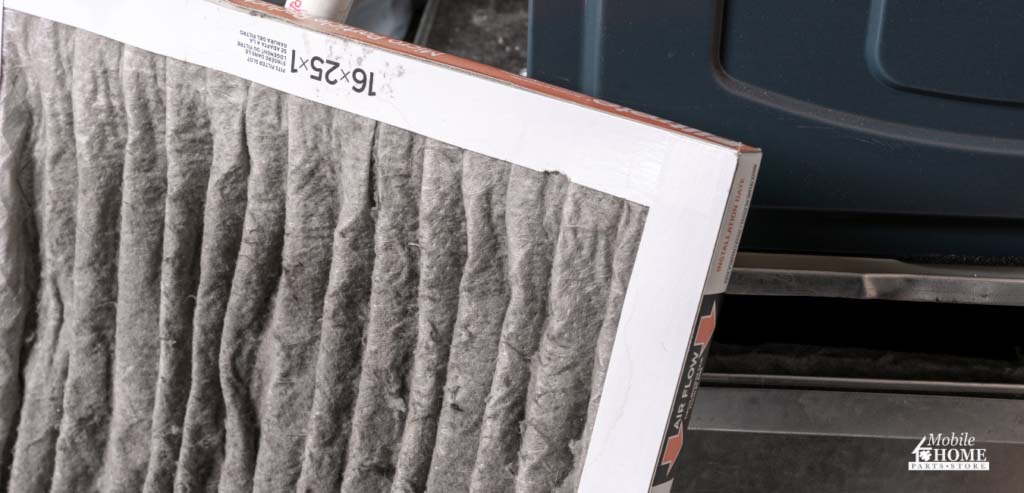
Your furnace’s filter plays a crucial role in trapping dust and allergens from the air. A clogged or dirty filter can obstruct airflow, causing your furnace to work harder and less efficiently. Regularly check your filter and replace or clean it if it appears dirty or clogged.
Replacing a Mobile Home Furnace Filter
Always use the type of filters recommended by the manufacturer. The filter(s) are located in the furnace door on most manufactured home furnaces. The doors generally lift off, and there’s often a top and bottom door. On some furnaces, both doors require a filter; on others, only one door gets a filter.
Foam Filters
Foam filters have no front or back, so they can be installed either way. They are generally held in place with wire clips. Hand-wash your foam filter in warm, soapy water if it gets dirty. But make sure to rinse it thoroughly and let it dry before re-installing.
Disposable fiberglass Filters
Disposable fiberglass filters often have an arrow along the edge indicating the direction of airflow. Make sure this arrow is pointing toward the furnace when you install the filter. When these box-type filters get dirty, throwing them away and replacing them with new ones is best. It is recommended to change filters every 30 days.
Troubleshooting: When Your Burner Won’t Light
If your furnace isn’t heating your home as it should, you may encounter a situation where the burner won’t light. This can be a frustrating problem, but it’s essential to identify the root cause. Here are some common issues and troubleshooting steps:
Diagnostic Tools for New Mobile Home Furnaces
New mobile home furnaces often come equipped with diagnostic systems that help quickly identify issues with a blinking light. When your furnace encounters a problem, it will flash in a pattern. Consult your furnace’s manual to decode these blinking lights and pinpoint the issue. This will eliminate a lot of the guesswork on your end.
If the burners aren’t lighting, the ignitor is your first suspect. The ignitor should flow for at least five seconds when activated. However, suppose the ignitor is fine, but the burners are not coming on. In that case, you may have a problem with the flame sensor or buildup in the burner orifice. Try to clear off the burner’s buildup; if that does not fix the issue, you may need a new flame sensor.
Otherwise, if you’re experiencing issues with your HVAC system, the problem may be related to the blower assembly or one of the many switches and circuits that help regulate it. If you’re feeling overwhelmed by the complexity of the issue, feel free to reach out to a qualified technician for assistance. They can help diagnose and repair the problem in a safe and efficient manner.
Diagnostic Tools for Older Mobile Home Furnaces

For older furnaces without these diagnostic lights, here are some standard troubleshooting steps if your burner won’t light:
Thermostat
Start by checking your thermostat settings. Ensure it is set to “heat” and the temperature is higher than the current room temperature. Sometimes, a simple adjustment can solve the problem.
Pilot Light
If your furnace has a pilot light, make sure it is lit. If it’s out, follow the manufacturer’s instructions to relight it. If it does not light immediately, you may have air in the line. Relighting the pilot several times should eventually purge the air and allow the pilot to light.
However, suppose the pilot light continues to go out. In that case, it may be a sign of a more significant issue that requires professional attention.
Thermocouple
The thermocouple is a safety device that senses the pilot light’s presence. The thermocouple may be faulty if the pilot light doesn’t stay lit.
Test Your Thermocouple
First, ensure the thermocouple hasn’t slipped or shifted, preventing a full flame from the pilot light. If that’s not the problem, replace the thermocouple and check that the pilot light is clear of any debris.
You can test your thermocouple by blowing out the pilot light With the gas valve on and a watch in hand. Listen to the gas valve and count the seconds until you hear a click telling you that the gas valve has closed. If you hear a click in 25 seconds or less, replace the thermocouple and clean the pilot light.
However, your thermocouple is fine if you hear a click in 25-60 seconds. A healthy thermocouple will be hot, taking longer to cool down and signal the gas valve to close. But wait 5 minutes before relighting the pilot.
Repair or Replace Your Mobile Home Furnace?
Now, to address the elephant in the room, should you repair or replace your mobile home furnace?
If you’ve exhausted all of your troubleshooting options or the age of your mobile furnace doesn’t justify the cost of repairs, it might be time to consider a new unit.
Here are some factors to consider:
- Age of the Furnace: Mobile home furnaces typically have a 15-20-year lifespan. Suppose your furnace is nearing the end of its life, and you’re facing frequent repairs. In that case, investing in a new, energy-efficient model might be more cost-effective.
- Repair Costs: Consider the cost of repairs. If the repair cost is significant and your furnace is aging, investing in a new one could be a better long-term solution.
- Energy Efficiency: Newer furnaces are often more energy-efficient, which can lead to lower utility bills and a reduced environmental impact. If your current furnace is inefficient, a replacement could save you money in the long run.
- Comfort and Reliability: Frequent breakdowns and unreliable heating can be frustrating and uncomfortable. If your furnace is causing constant issues, it might be time for a replacement.
- Warranty: Check if your current furnace is under warranty. If it is and the repair is covered, it might make sense to go for the repair. However, if the contract has expired, consider the other factors mentioned.
Stay Warm with Mobile Home Parts Store

Mobile Home Parts Store is your trusted partner when it comes to ensuring the warmth and comfort of your mobile home during the chilly winter months. We’ve explored the intricacies of mobile home furnace operation, identified common issues, and provided valuable troubleshooting tips. Now, as you ponder whether to repair or replace your furnace, remember that Mobile Home Parts Store offers a wide range of high-quality parts and supplies for your mobile home furnace needs.
Whether you decide to extend the life of your current furnace with our top-notch Coleman and Nordyne replacement parts or opt for a more energy-efficient replacement, Mobile Home Parts Store is your go-to source. With our extensive selection and expert guidance, you can make the best choice for your home’s heating needs.
Don’t let the cold weather catch you off guard – shop at Mobile Home Parts Store today and ensure your mobile home stays warm and cozy throughout the winter season.
Tags: maintenance, mobile home furnace, mobile home parts, Mobile Home Parts Store, mobile home repair, Repair


